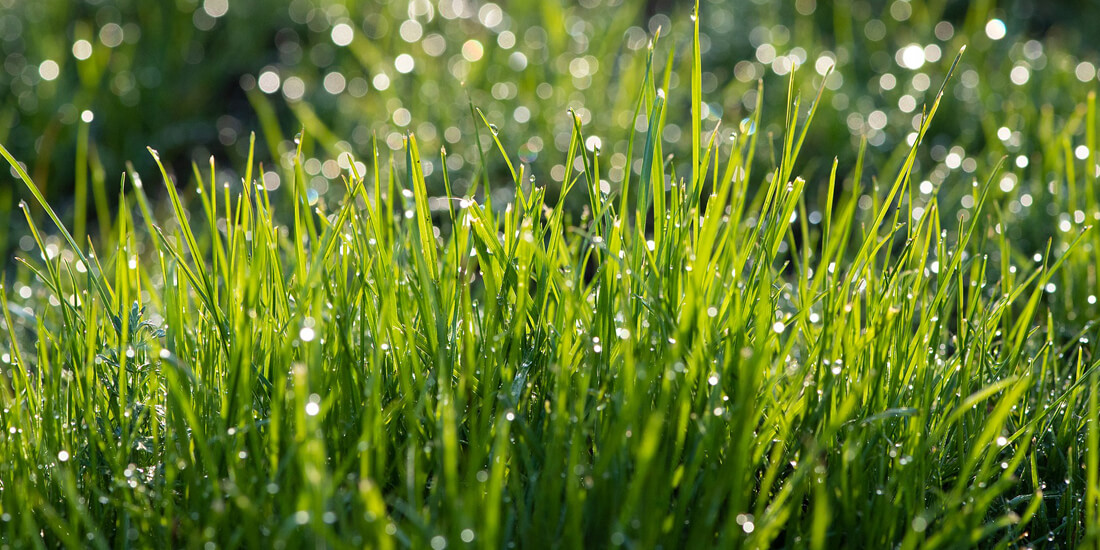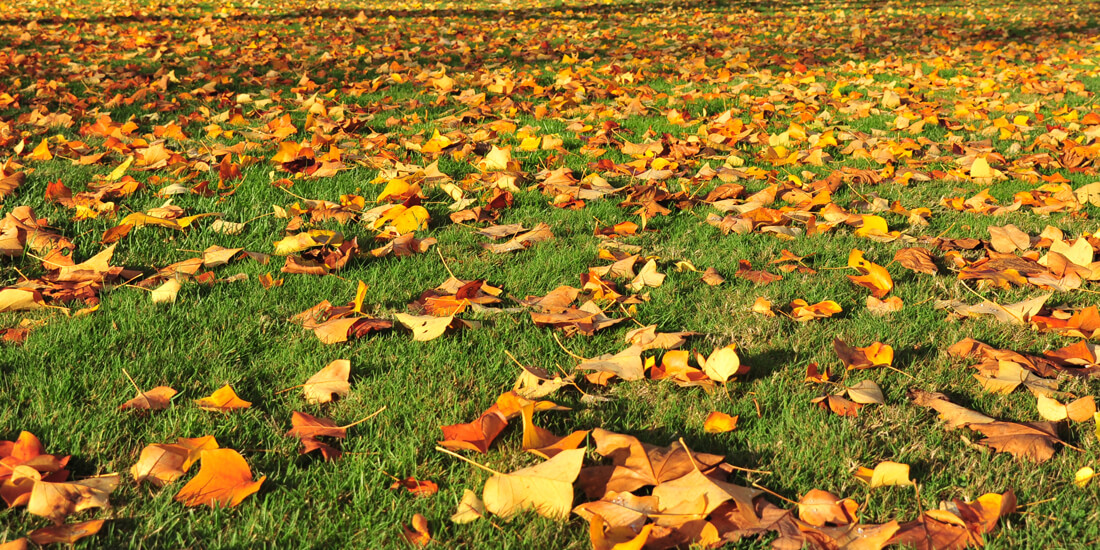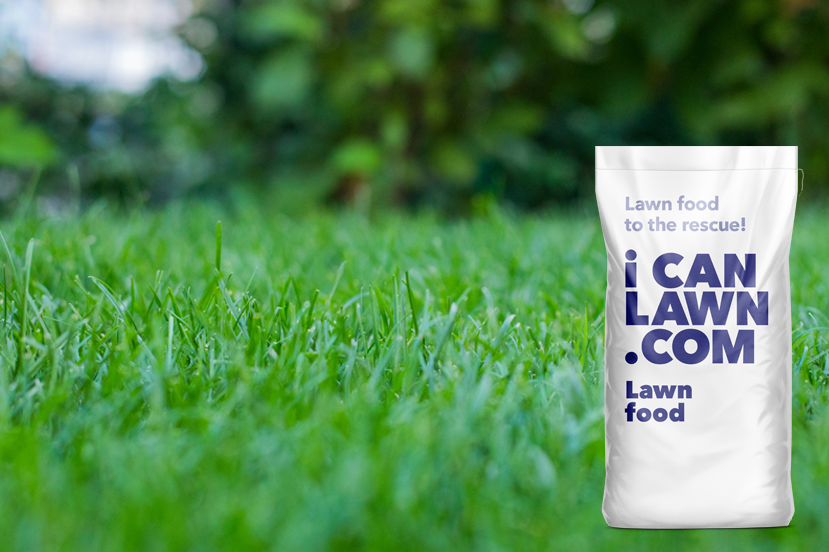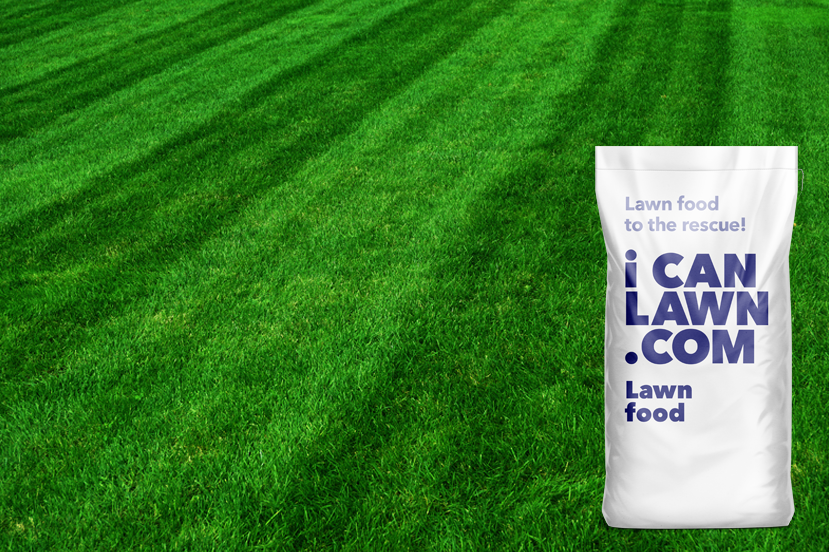Winter lawn diseases and how to treat them
During winter, your lawn can take a bit of a battering. Heavy rainfall, cool winds, snow, and frost all have a part to play in your winter lawn troubles.

Snow mould and red thread are the most common diseases that you will spot across your lawn. If you want to know what you can do to remove those pesky winter diseases from your lawn and protect your grass, here’s our guide on identifying them and how to tackle them.
Snow mould
From the name you can probably guess that this disease is brought on by snow. It normally appears on your lawn after prolonged snow cover. The first signs of it will be small patches of straw-coloured spots with a white residue around the outside. Normally starting off small, the patches can grow over time and merge with one another.
Red thread
The dreaded red thread! It starts off as smaller brown patches, which can be easily mistaken for other diseases, like snow mould. But as red thread develops on your lawn it will start to change colour from yellow brown to a pinkish red colour and this will help you to identify exactly what it is. Most outbreaks of this disease are caused by a lack of nitrogen in your lawn. The good news is that if you do have it, it can be easily cured with a nitrogen rich fertiliser. Although red thread can occur in winter and summer, your best bet is to treat it in spring with a nitrogen rich fertiliser like our Oh So Green lawn food.
There are a few things you can do to improve your overall lawn care and help to prevent either of these diseases from taking over your lawn.
Improve your drainage
The best way to stop these diseases from appearing is to create conditions on your lawn that they won’t favour. Snow mould and red thread both thrive in moist and damp conditions, so good surface drainage is key to reducing your chances of falling victim to either one of these diseases. The best way to do this is to aerate your lawn. All you need to do is grab your garden fork and begin pushing it into your soil and giving it a wiggle. Repeat this across your lawn and it will help to aerate it and improve drainage.
Remove any unwanted extras
Leaves, lawn clippings, and thatch can start to cause your lawn problems if they are left lying around for too long. If they begin to build up on your lawn surface, they can prevent any moisture from getting into your soil.
Scarifying your lawn is the best way to remove any of these unwanted extras. Scarifying involves using a rake or a scarifying machine and moving it up and down your lawn to tear up and disperse anything that is lying above your lawn surface. Once finished, you can remove the debris. By removing these unwanted items from your lawn, you will help to reduce the build-up of moisture amongst them, and as a result, the lawn diseases won’t find it as easy to develop.
Prevention is key
As with most things, prevention is better than trying to reverse the effects. To help prevent either of these diseases from occurring, you should apply a fertiliser towards the end of autumn, like our Winter Remedy. It’s a four-month feed that will give your lawn the boost of nutrients it needs to fight off any winter diseases. A well-fed lawn is one of the best ways to protect the hard work you put into your lawn during the spring and summer and make sure it makes it through winter unscathed.
Year round lawn care will help to prevent these things happening, so for more tips on how to create and maintain a healthy lawn, you can read our ‘How to keep your lawn healthy’ guide.








